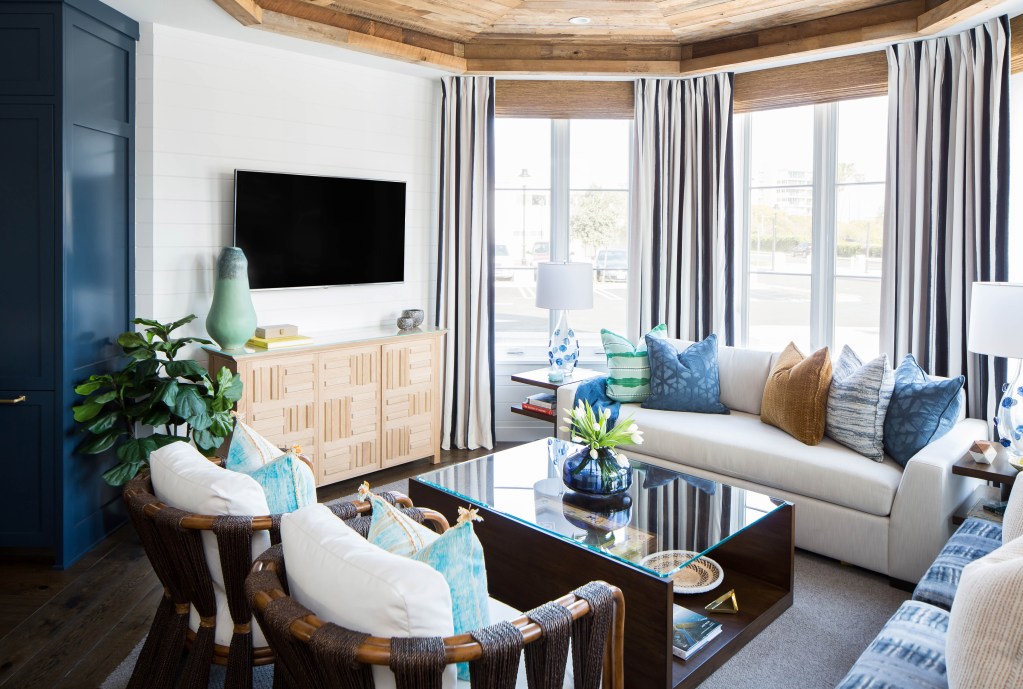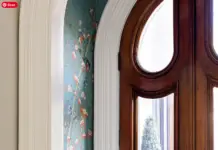After the Grenfell Tower tragedy, the government in the UK was forced to re-examine its policies regarding exterior cladding on buildings. Unfortunately, this led to a mire of legal issues for those who are stuck in flats with the same faulty ACM cladding. Facing backlash from the media and from the people, the UK government has been accused of burying its head in the sand with regards amending the issue.
So far, the government have gone back and forth over what EWS1 compliance truly means. Here is the up-to-date guidance on how you will be affected if you’re a flat owner.
What is the EWS1 form?

After the initial wave of tragedy, the government were forced to act immediately. In response, they introduced a new addendum to one of the existing fire safety regulations. This additional note came to be known as Advice Note 14. None of us were prepared for what happened next.
Lenders and property valuers decided that they would no longer issue mortgages to those that could not prove that the building was following Advice Note 14. Keep in mind that note 14 was simply an amendment to an existing regulation. There was no certification for it. Nevertheless, lenders and property valuers demanded that there should be. Those who owned flats affected by ACM cladding were suddenly left with properties which were worth nothing. They could not buy, and they could not sell.
The EWS1 form was introduced as a means to end this. It stands for exterior wall system. The government revisited the guidance and made stricter regulations about who needed to apply for an EWS1 form and who didn’t.
What is the EWS1 process?

The EWS1 process ensures that all homeowners who own a building within a block of flats can find out if they are affected by this or not. The process calls for an inspector to come to your house and examine your exterior walls. They are looking at the type of building materials used to create your cladding to see whether it is fire safe. If they find that it is fire safe, you will be cleared for EWS1 compliance. If they find that it is not fire safe, then you will need to remediate your cladding.
How is it Impacting Flat Owners?
If you live in a block of flats and the building is marked as non-compliant, you will need to appeal to your property owner to have the cladding brought into line with current guidelines. If you are trying to buy or sell you property, you will need to have this form taken care of beforehand. Once you have achieved compliance, the form needs to be completed again in five years’ time. One form is enough for your whole building.

Many building owners have decided they will not meet the costs of renewing the cladding. This leaves leaseholders in a difficult situation. The government has earmarked billions to rectify the situation, at an estimated cost of £12 – 45,000 per residence. As usual, though, the UK government aren’t making things easy for private landlords and homeowners who want to access the fund. It should be noted, however, that they have completed most of the renovations to the publicly owned buildings that they promised to make after Grenfell. These buildings have a 90% completion rate for cladding remediation.
What to do next?
If you are affected by the cladding crisis you can appeal to your property owner and to your local MP. You can read more about potential funding here, and you can start crowd funding and social media campaigns to draw attention to your cause.
Thanks to asdbuild.com for consulting.
























